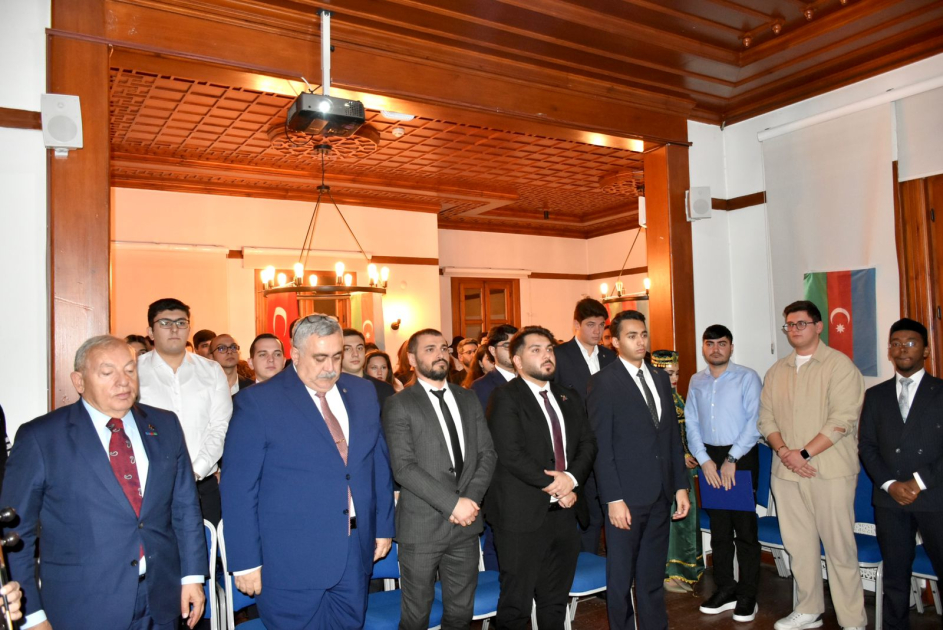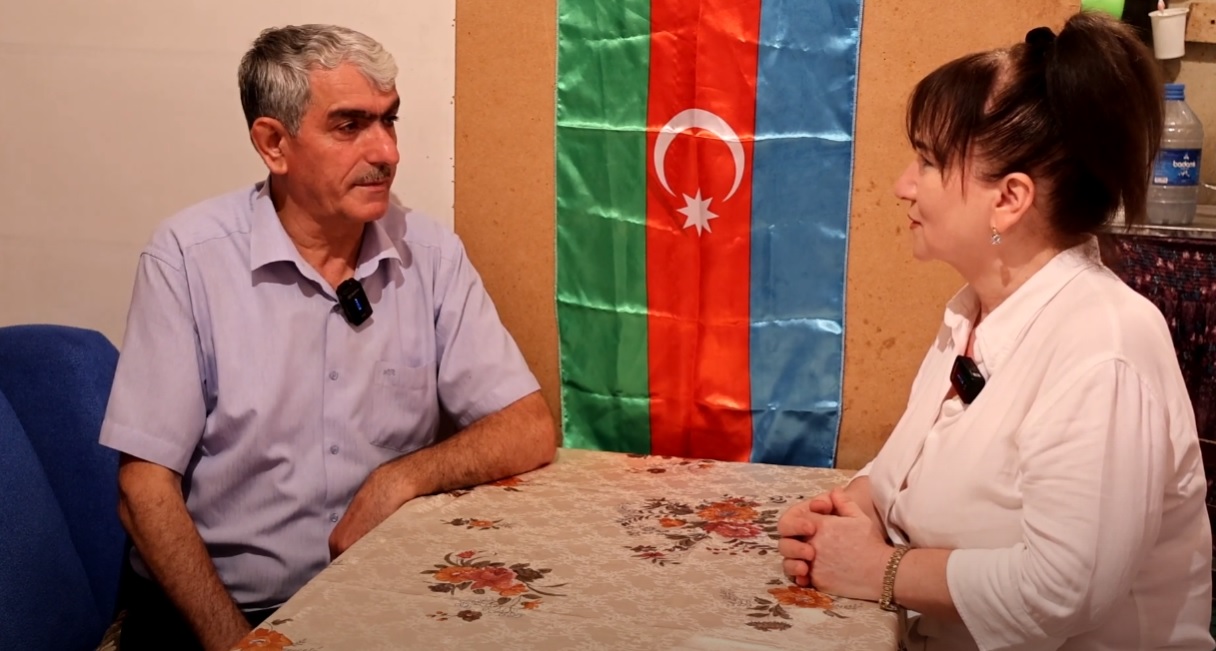ByJUDY SIEGEL-ITZKOVICH
While it is not a disease, it can cause the people who stammer to suffer, to develop a poor self-image, be stigmatized, undergo bullying, have difficulty finding a job, and defend themselves.
Moses stuttered. Maybe he had an injury as a baby or was intentionally “slow of speech and of tongue” to avoid being a strong public speaker. Winston Churchill, Charles Darwin, Alan Turing, Elvis Presley, and Marilyn Monroe were also stuttered, but the speech impediment didn’t hold them back from having an impressive career.
In 18th- and 19th-century Europe, surgery for stuttering was recommended, including cutting the tongue with scissors, taking out the tonsils, removing a triangular wedge from the posterior tongue – and cutting nerves, or neck and lip muscles. All of these procedures were dropped because they failed to stop stuttering – and risked the patient hemorrhaging to death.
But while it is certainly not a disease, it can cause the people who stammer to suffer – to develop a poor self-image, be stigmatized, undergo bullying, have difficulty finding a job, and defend themselves.
While it is not a disease, it can cause the people who stammer to suffer, to develop a poor self-image, be stigmatized, undergo bullying, have difficulty finding a job, and defend themselves.
Now, for the first time in the North and the second time in Israel, a free, five-day summer camp has been held for children aged four to 18 to learn how to cope emotionally with their stuttering. Such camps have existed for 15 years around the world – at 44 locations in 31 countries. The one was at the University of Haifa and the other in Kfar Saba.
Each camp included 20 young participants having significant stuttering who were matched with 10 clinical communications specialists and 10 students of clinical communication – all of them working as volunteers. Some of the children and teens have parents who also stutter.
The Camp to Dream was led by the University of Haifa’s Interdisciplinary University Clinical Center. It was based on the CARE model (Communication, Advocacy, Resilience, and Education) developed at the University of Texas at Austin’s Blank Center at no cost to participants under the auspices of the center. Einat Oz Pchat – an Israeli who lives in Austin – arrived from abroad to be present at the camp.
The volunteers running it focused on empowering participants to speak confidently, communicate effectively, and explain stuttering in a way that improves their quality of life, regardless of whether they stutter or not.
The unique camp was led by Dr. Dafna Ben-Zion, director of the Institute for Communication, Language, and Speech Disorders at the Interdisciplinary Clinical Center and in collaboration with the Department of Communication, Language, and Speech Disorders at the university’s Faculty of Social and Health Sciences.
With activities running from 8:30 a.m. to 3 p.m., the camp provided an embracing community space of belonging, empowerment, and breaking stigmas. During an intense and exciting week, the children participated in group and personal processes that included experiences in quality communication, empowering discourse, and self-sharing. For many of them, this was the first time they felt a sense of belonging in a community that accepts them as they are.
Participants come back from the camp 'changed'
The responses from the participants and their parents were emotional: “He came home a different child,” “I wish it had lasted all summer,” and “here she could really be herself.”
“The participants fully participated and felt they belonged,” the camp leader said. “There is no medical cure. You can’t tell a child or an adult to stop stuttering. The aim was to promote communication; to give them the feeling they didn’t have to apologize, that they needn’t be judged,” Ben-Zion told The Jerusalem Post.
“It isn’t just a therapeutic program, but a journey of empowerment and self-discovery. We have seen children and adolescents flourish, discover their voices, and feel like they belong to a community that accepts them exactly as they are. It is a great privilege to be part of this change in their lives.”
Dr. Keren Or-Chen, a psychologist who heads the university’s Interdisciplinary Clinic Center, added that he wasn’t involved in the content of the camp, but “cried when I heard of it. They could have avoided speaking up, acting in plays, but they didn’t. They were empowered. Stutterers enlist in the army and can have successful careers. Their parents are so proud. At the camp, they did simulations in which a teacher recommended that a stammering child not act in a play and the child was encouraged to proudly ignore the advice.”
Now, researchers at Vanderbilt University Medical Center in Nashville, Tennessee, have published a new, large-scale study that defines the genetic architecture of stuttering. They found 48 genes linked with stuttering and highlight neurological pathways of risk for becoming someone who stutters. It has just been published in the prestigious journal Nature Genetics and based its conclusions on data representing more than a million people who had their DNA analyzed by the company 23andMe Inc.
They said the results provide a foundation for additional research that could lead to earlier identification or therapeutic advances in stuttering – so that understanding the causes could replace outdated views of the condition often held by the general public that contribute to stigma.
“No one really understands why someone stutters; it has been a complete mystery – and that’s true for most speech and language pathologies,” according to Prof. Jennifer Below, director of the Vanderbilt Genetics Institute and professor of medicine.
“They are profoundly understudied because they don’t put people in the hospital, but they can have enormous consequences on people’s quality of life. We need to understand risk factors for speech and language traits so that we can identify kids early and get appropriate care for those that want it.”
There have been hundreds of years of misconceptions about what causes stuttering, Below said. “Rather than being caused by personal or familial failings or intelligence, our study shows that stuttering is influenced by our genes.”
Ben-Zion noted that stammering is the way in which the brain produces talking. When someone who stutters sings, a different part of the brain is involved, and they can do so without stammering. “But they can’t sing all the time. The condition occurs more in males than in females, but we don’t know the reason why.”
A program that could help 100,000 Israelis
About 100,000 adult Israelis stutter. This estimate is based on the general global prevalence rate of stuttering, which is around 1% for adults and 4% for children. The Israeli Stuttering Association (AMBI – Irgun HaMegamgamim B’Yisrael) is an organization dedicated to supporting individuals who stutter and their families.
The condition is a speech disorder that affects the fluency of speech.
It can manifest in various ways, such as repetitions, prolongations, and blocks. The association seeks to enhance public knowledge about stuttering, runs self-help groups, promotes affordable treatment for people who stutter, and also organizes conferences and meetings for people who stutter and speech language therapists.
The director of the University of Haifa’s communications institute declared that there are many misconceptions about the condition, which is characterized by involuntary repetitions and prolongations of sounds, syllables, words, or phrases as well as involuntary silent pauses called blocks, where the person who stutters is unable to produce sounds.
It isn’t connected to the structuring of thoughts into coherent sentences inside sufferers’ brains – people who stammer know exactly what they are trying to say. And it is not caused by an overbearing mother, being bilingual, a traumatic event, a surplus of the neurotransmitter dopamine in the brain, emotional stress, or severe nervousness.
People who stutter may have reactions, avoidance behaviors, or secondary behaviors related to their stuttering that may look like struggle and tension in the body due to facial grimacing, tension in the head and neck, and snapping or tapping. Some avoid speaking whenever possible, substitute words or phrases when they know they are going to stutter, or use other methods to hide their conditions.
Since the Camp to Dream proved so successful and life changing, additional summer camps for children and youths who stutter are being planned for other parts of the country.



















